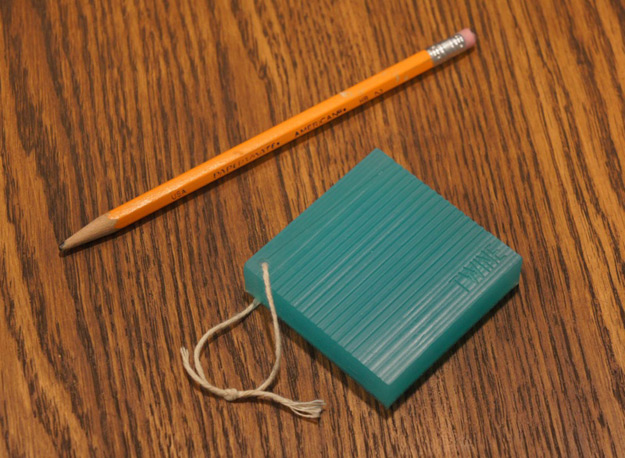
With the increasing advances in technology and the influx of smart devices into our everyday lives — we, as a society, have the ability to stay connected to what is going on around us in an unprecedented way. With Facebook, Twitter, and the vast array of other social networks, we’re never more than a swipe, swoop, and tap away from family, friends, and the world.
But what happens when you seek to integrate even more than what your phones apps have to offer? What happens when you want to come up with solutions to real problems, say in your own home? While it’s nice to have an app let you know when someone has posted on your wall, or “liked” a picture of your car dressed up as a pirate, wouldn’t it also be nice to say…have a device that sent you a real time email, text, or tweet warning you that your basement was flooding? We are constantly bombarded with “smart devices” but what about the promise of a “smart home”? Well that is exactly what two MIT Media Lab graduates have done with their Kickstarter creation, Twine – a 2.5-inch slab of easy-to-program magic that will redefine the “smart device” and “smart home” as we know it.
Here is the gist of what Twine creators David Carr and John Kestner have accomplished. Both MIT graduates have created in Twine a compact device that will enable you to connect your everyday household objects to the internet that would otherwise not be able to interact with, or that would require specialized knowledge to do so. In other words, Twine connect things to the internet without a nerd degree, it teaches objects how to speak, you need only tell it what to say.
Here is an example of how it works: Simply make sure Twine has access to a Wi-Fi network, place it in your basement where its built-in sensor would be able to detect rising moisture levels, scurry over to your computer and fire up Twine’s companion web application, Spool. Then, merely create a simple rule-based program: ‘If Twine gets wet, send a text to (insert number/email) there is no complex coding, no setup or installation — simply tell the small slab of plastic what you want it to do in case of ‘X’ or ‘Y’ and the Spool application manages the rest.

But don’t think the buck, or slab in this case, stops at moisture readings. Because of Twine’s numerous sensors, the nifty device can just as easily monitor movement, temperature, and magnetism. Not too concerned with water levels rising in your basement? Why not set Twine to detect motion in your home, or safeguard against rising temperatures a la a mini fire alarm. The applications are near limitless.
According to Twine’s creators, For every $10,000 in pledges received, they have promised to add additional sensors, and so far that calculates to about 13 more sensors once it finally ships in March 2012. And while there are various amounts you can give, a pledge of $99 will be enough to pre-order your very own Twine.
In today’s digital age, it’s always exciting to see further advancements in technology, and in this case, the creation of a device that not only allows unprecedented functionality, but a streamlined, user- friendly interface that performs a vast array of functions that are not only helpful – but simple to use.


